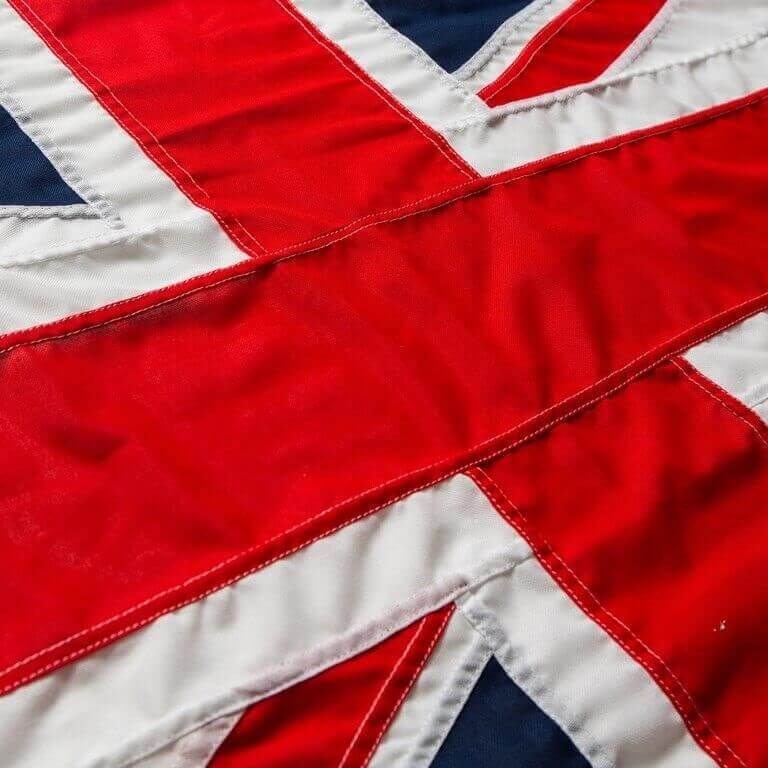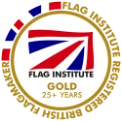Our Estonia flags are produced in the traditional 2:1 ratio used for National flags in the UK so this flag will match others of the same size if you are flying several flags together. We use a MOD grade Knitted Polyester which has been tested for its durability and suitability for production of flags.
Trivia
Technical Specifications
| Adopted | 1918 | |
|---|---|---|
| Proportion |
|
|
| Design |
|
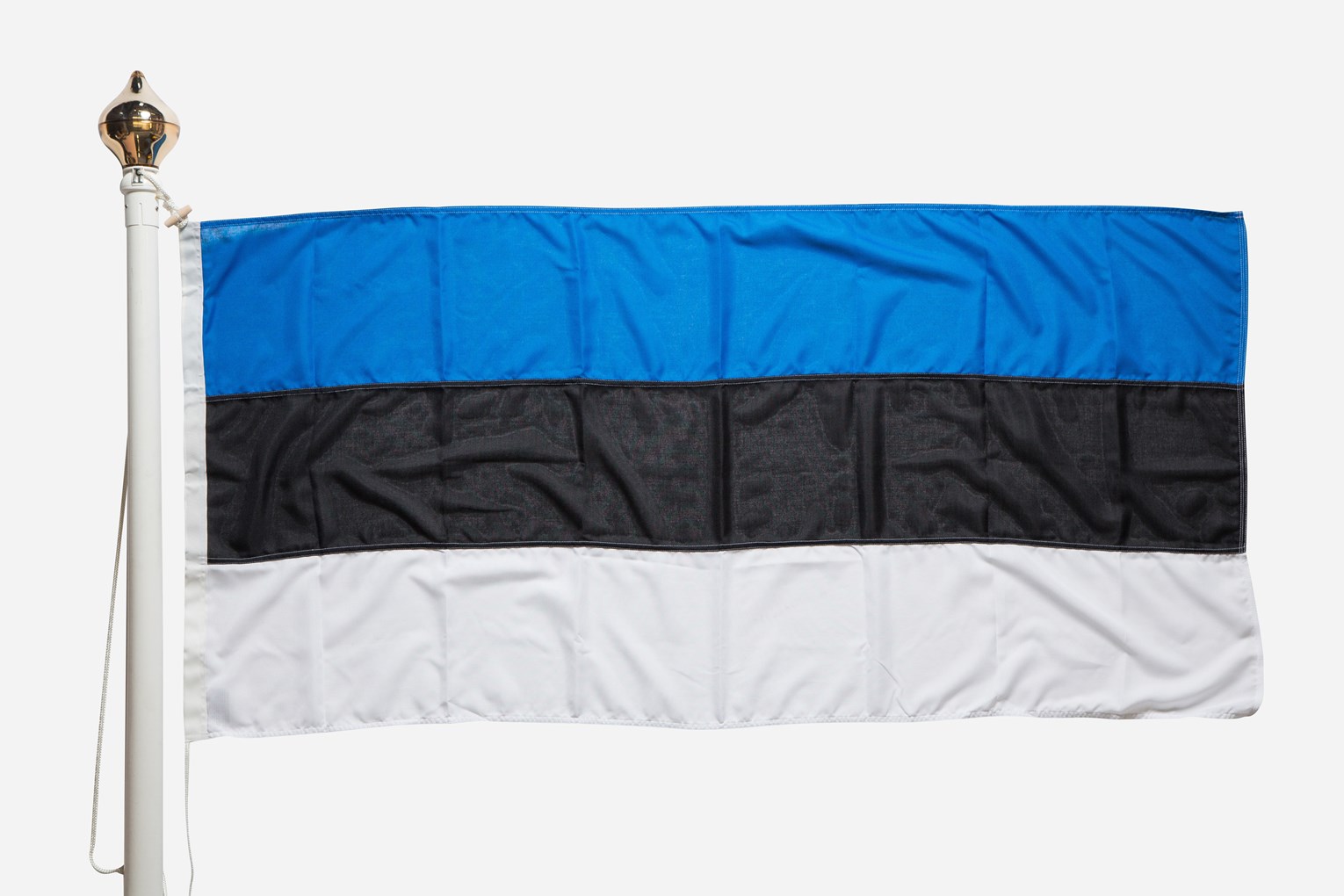
Brief History
For centuries, the Estonians had suffered from invasion by foreign regimes. The earliest records indicate that the Danish first conquered the country in retaliation from Estonian Viking raids in the early 13th Century.
Following unsuccessful revolt, Estonia was incorporated into the Holy Roman Empire. As the influence of the Empire faded in the 16th Century’s Reformation, Russia and Sweden waged war against each other. Estonia was caught in the middle and accepted Swedish rule. Over a hundred years later, and after much conflict, Sweden surrendered Estonia to the Russians.
It wasn’t until 1918 that Estonia declared and won independence and sovereignty. In that same year the Estonian flag was created. However, after only twenty-two years it was banned as a national flag once the Soviet Union invaded in 1940.
With the Soviet Union re-establishing its hold on the nation in was all but written out of history by 1944.
Nevertheless, it was not forgotten; just prior to the collapse of the USSR, Estonia reclaimed its status as an independent nation with its own flag, flown again after almost fifty years.
Other Flags of Estonia
The ensign of the Estonian navy was adopted in 1991 and is similar to the state flag, but it has a swallowtail, and carries the state’s coat of arms with the shield of the state arms offset towards hoist
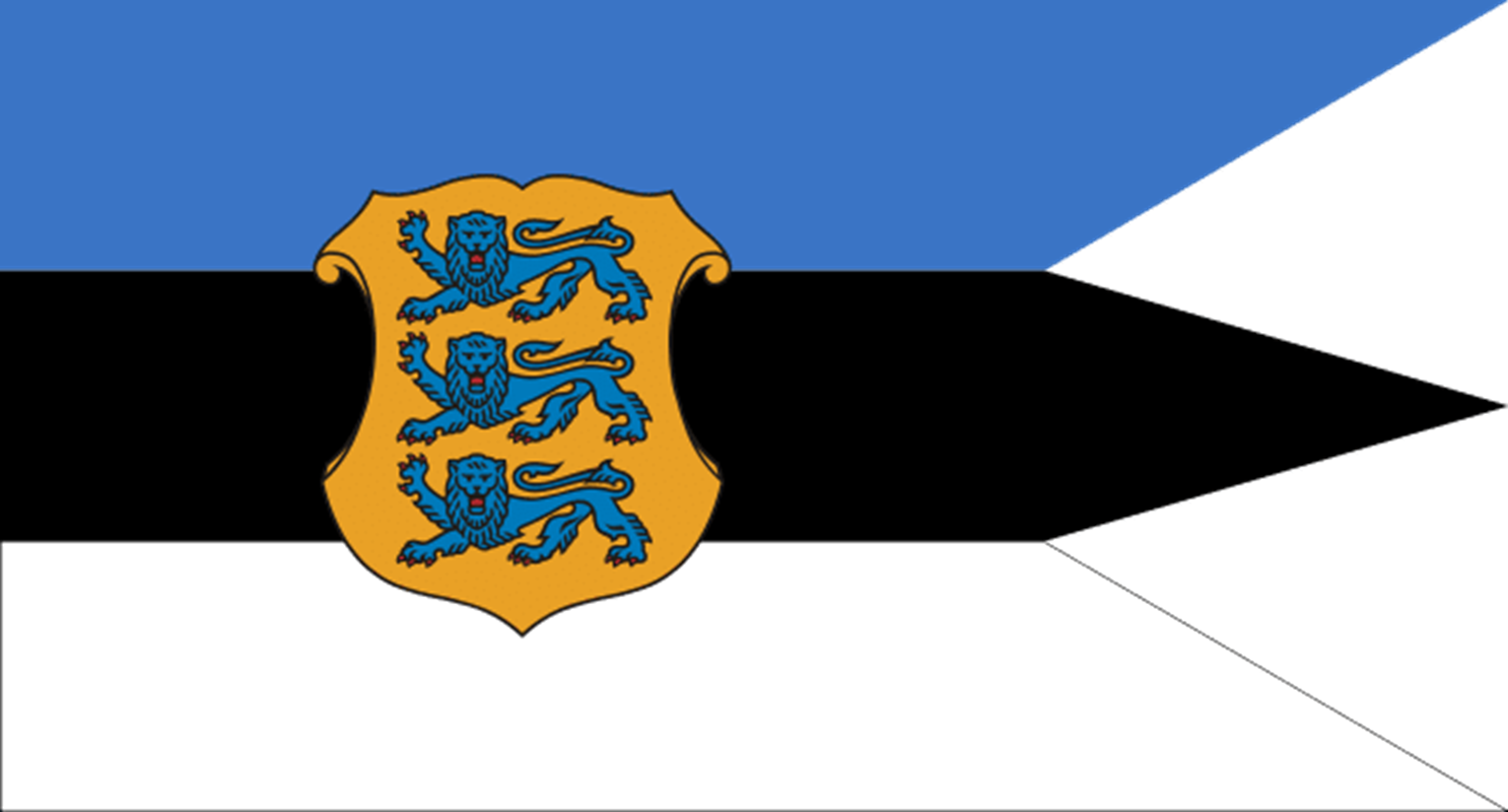
Estonian naval jack
The Estonian naval jack is strikingly similar to the British Union flag. It is 7:11 white flag with a black saltire and over it a blue cross.
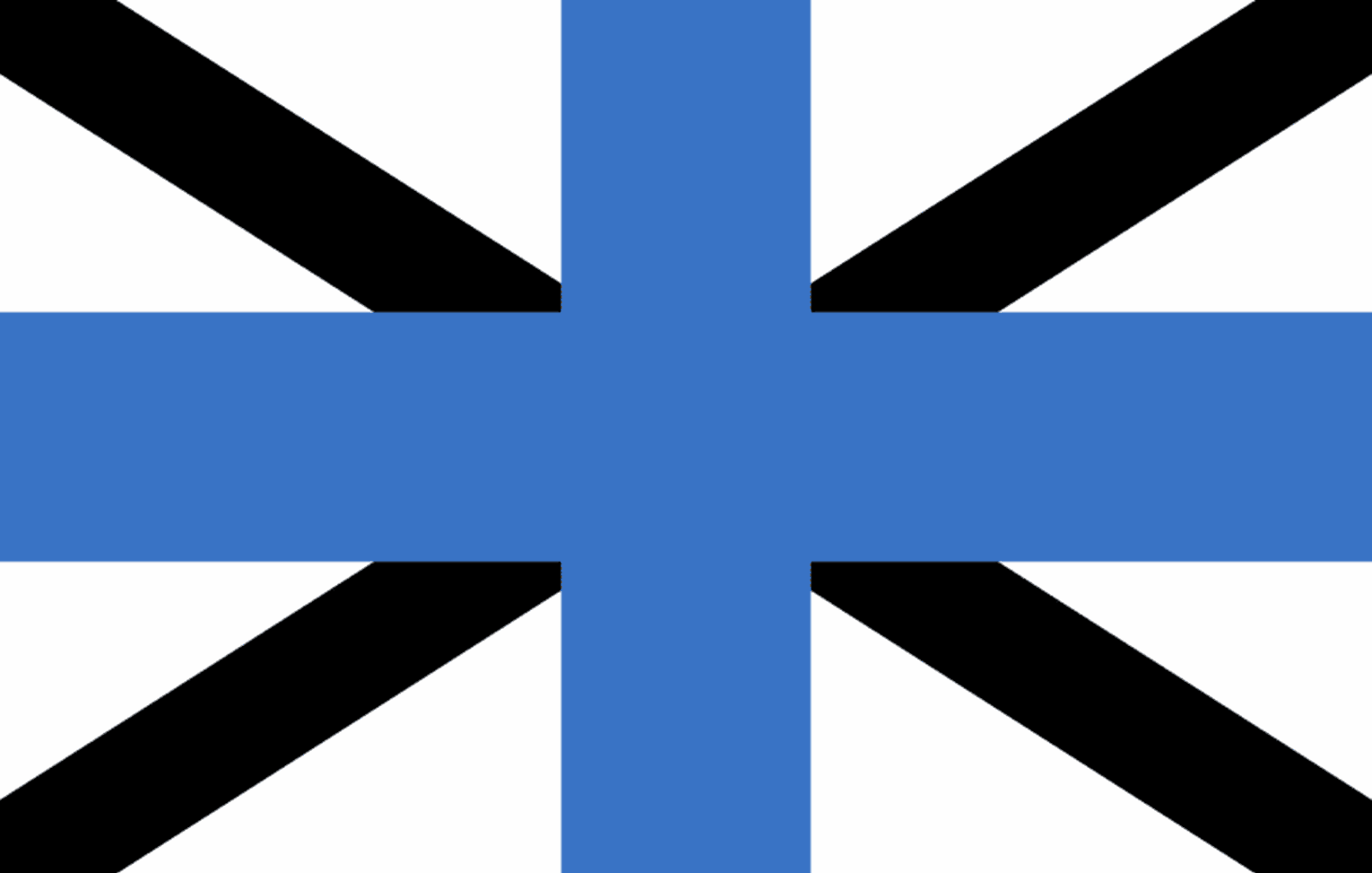
Coat of Arms of Estonia
The coat of arms of Estonia features three blue passant gardant lions with red tongues on a golden shield. Golden oak branches are along both sides of the shield. The three lions come from the arms of Danish King Valdemar II who conquered northern Estonia in 1219
The Soviet Union banned the coat of arms in 1940 and persecuted anyone who used it or their national colours. Re-adoption of these symbols was achieved in 1990.
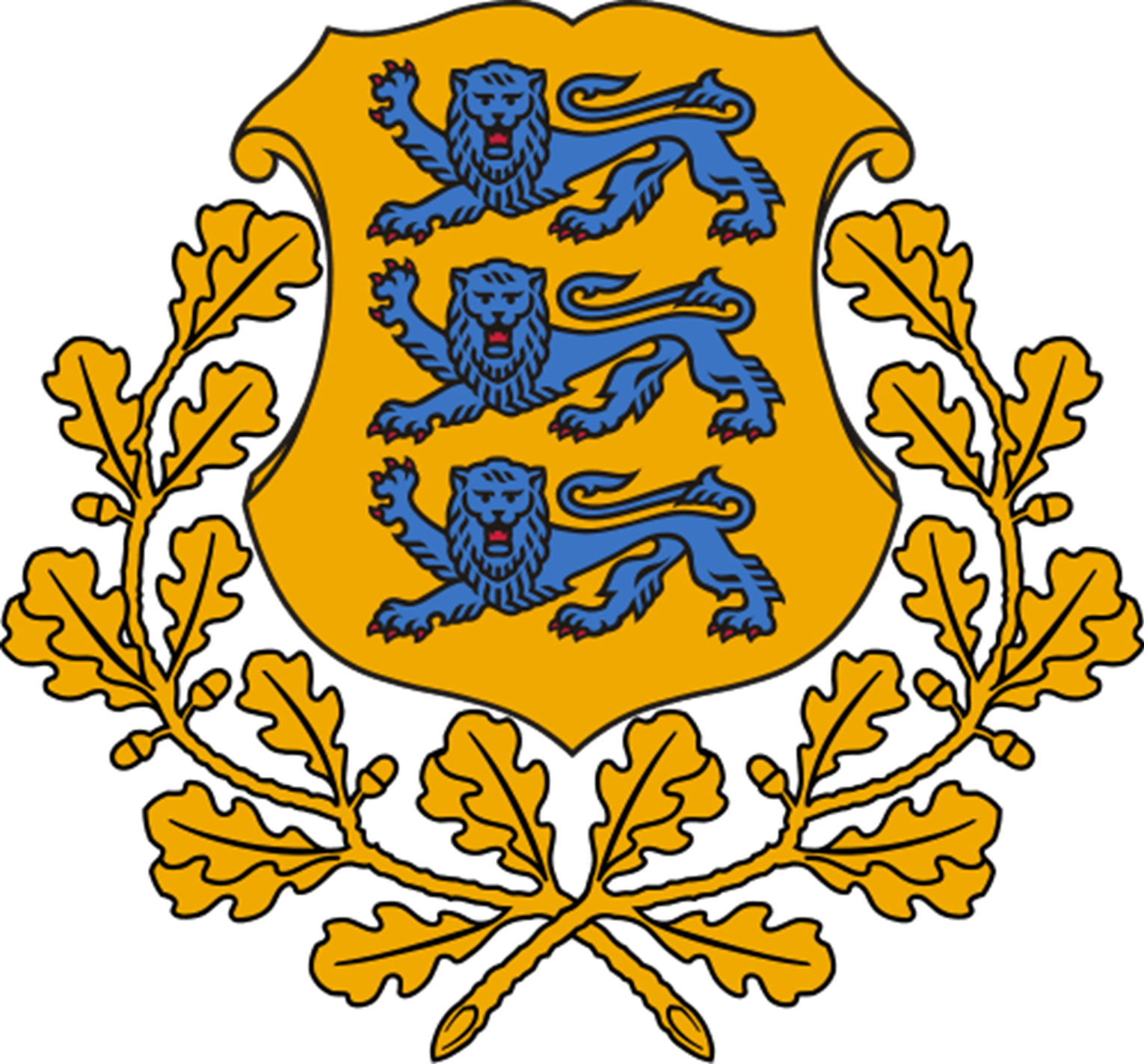
Useful Links
Download Our Brochure
Download our electronic brochure to check out the full range of products we can supply you with.
Download NowContact Us
See a flag you like? We can manufacture any flag design in any size, speak to one of our experts to find out more.
Contact Us
